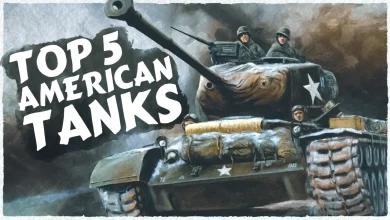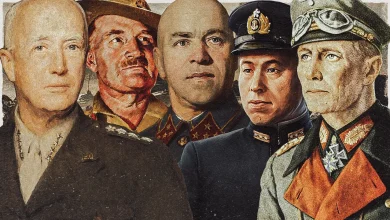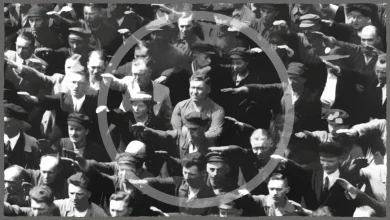The Women Who Flew For Hitler

Hanna Reitsch and Melitta von Stauffenberg were the only two women to serve the Nazi Third Reich as test pilots during the Second World War. These women were in many ways similar. They were both brilliant pilots, they had a very strong sense of honor and duty for their nation, although they had a very different understanding of what honor meant.
For Hanna Reitsch it was blind patriotism for Melitta it was patriotism for her nation Germany but not for the Nazi regime which she fought to actually help bring down.
Hanna Reitsch
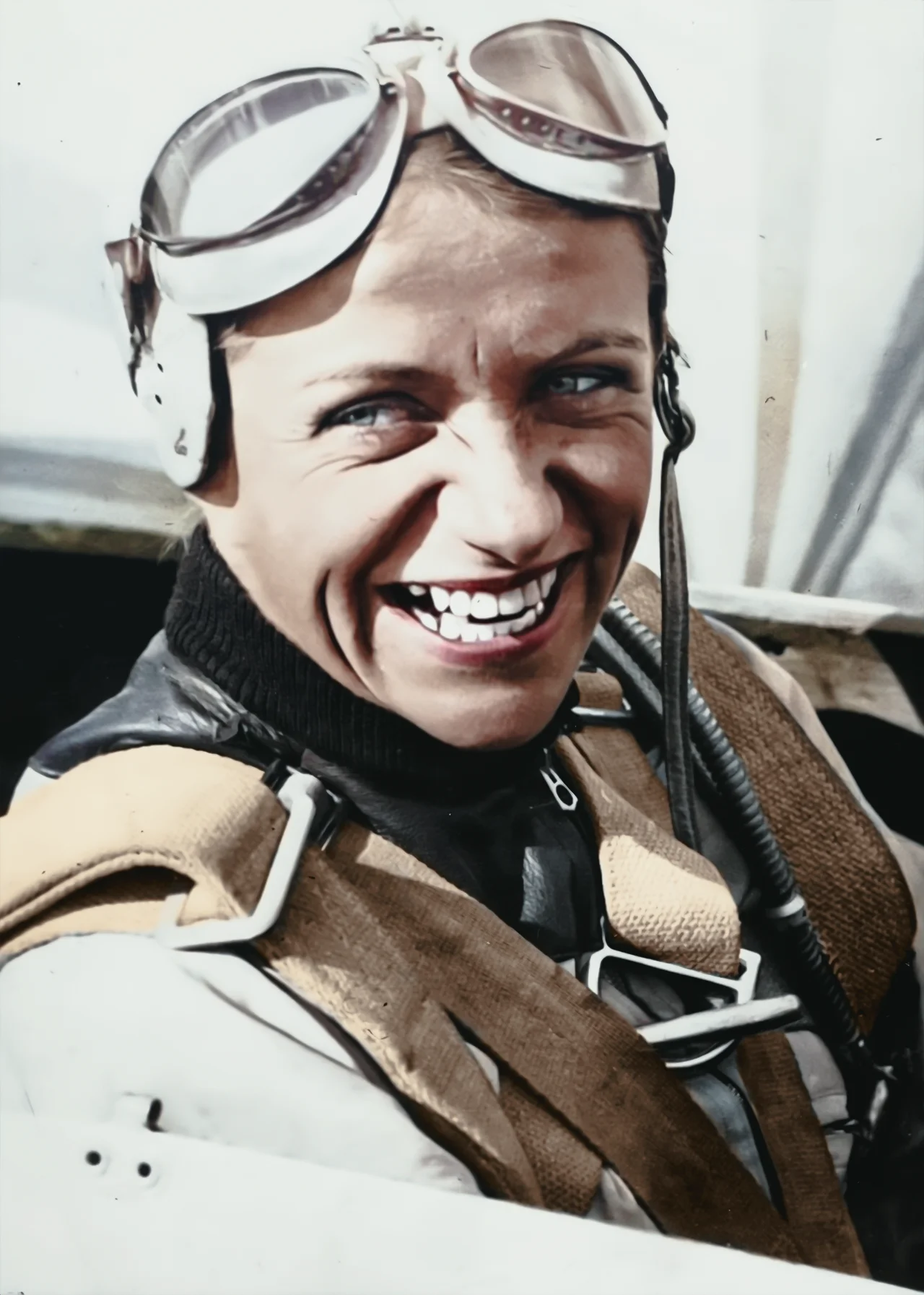
Hanna Reitsch started the war by testing a machine called the Gigant or Giant which is actually a massive glider. It could take up to 100 armed troops or even a tank and the front of it would open sort of a bit like a seed pod and this tank would come juddering out into action.
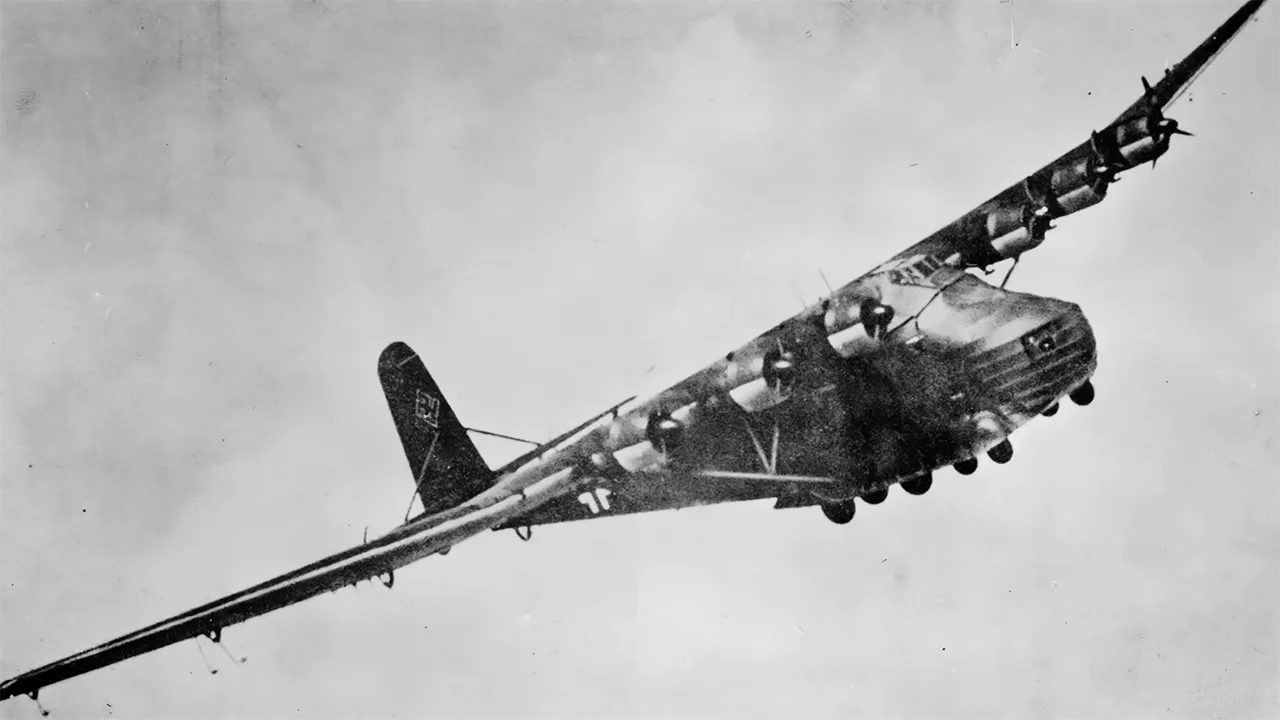
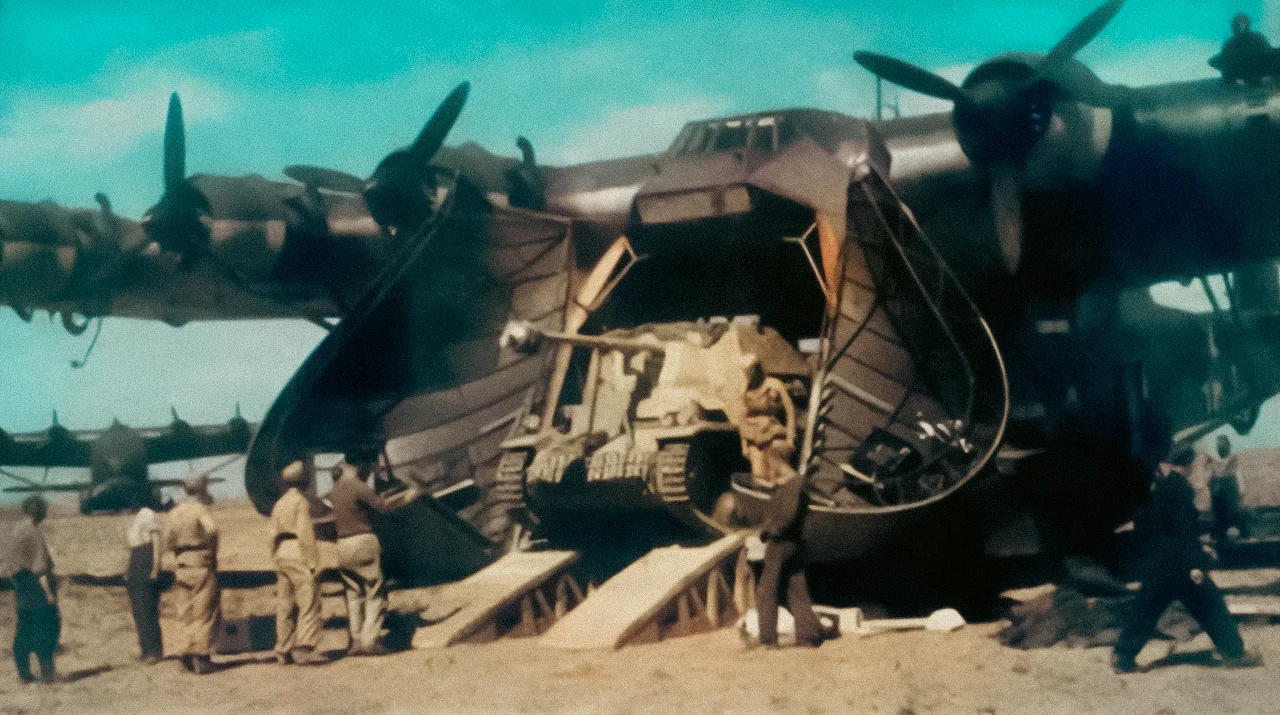
She was about five foot four, her head only reached the top of the wheels and in fact, she had to tie wooden blocks to the bottom of her feet in order to be able to reach the pedals to test this machine.
From there she tested things called wing blades on the front of bombers which were designed, sort of as prototypes, to cut through the steel cables that tethered barrage balloons, Britain’s main defense against bombers and later against the V1s.
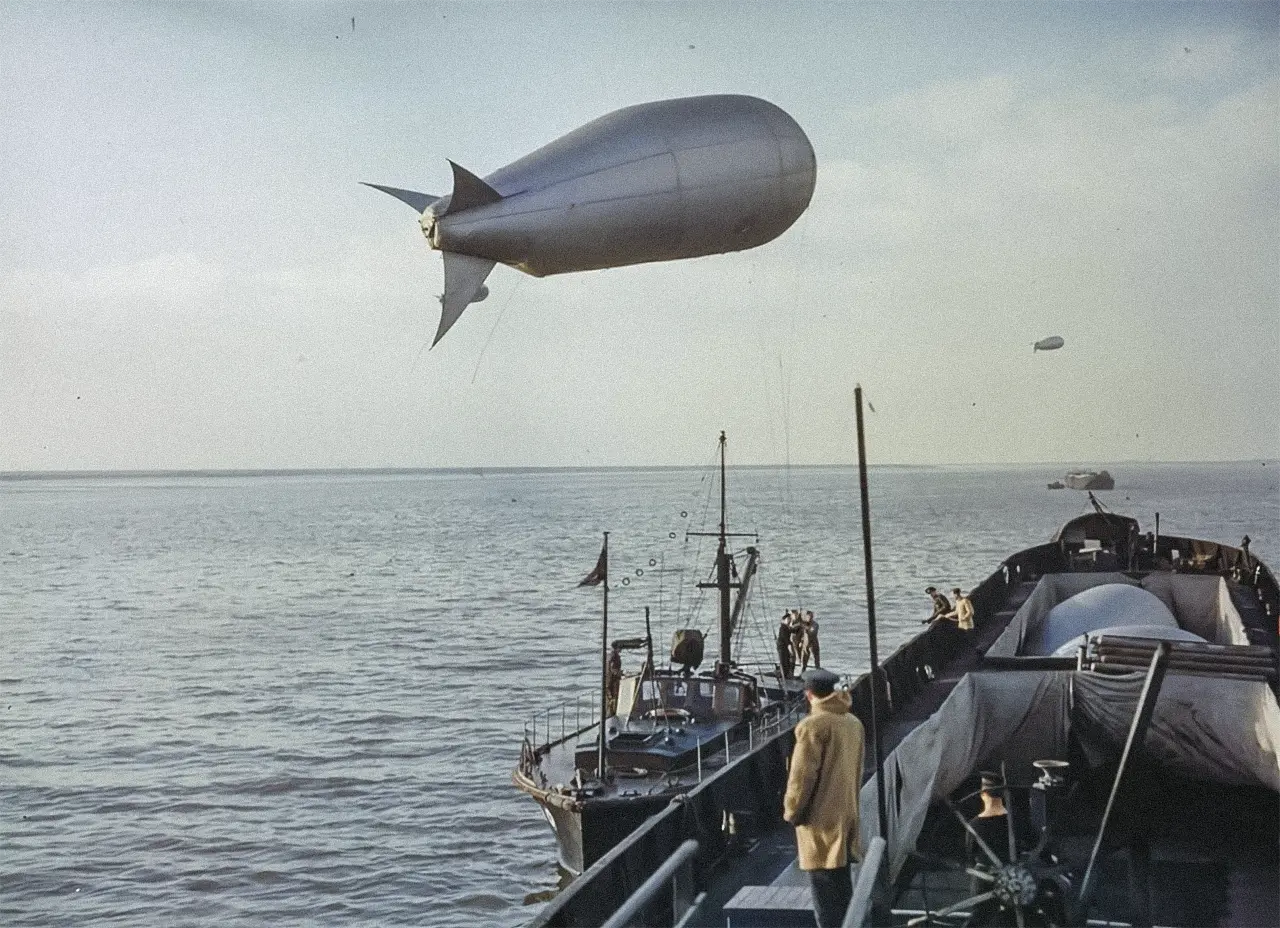
She went on to test even the Messerschmitt Me 163 Komet which was powered by the combustion of these very unstable fuels an incredibly dangerous machine that cost the lives of many of the test pilots.
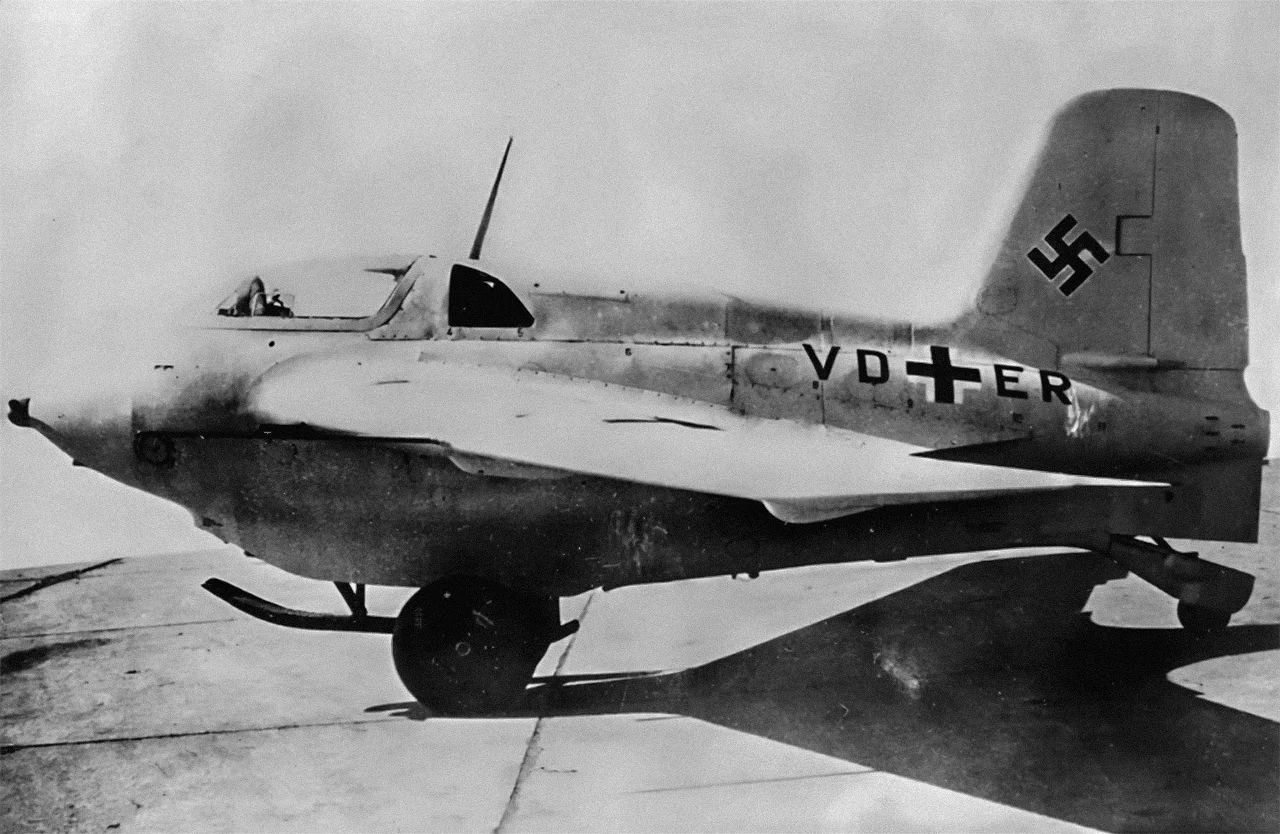
Her great skill was in gliding and these machines would burn their fuel incredibly fast and then have to glide down and she was testing the gliding landings.
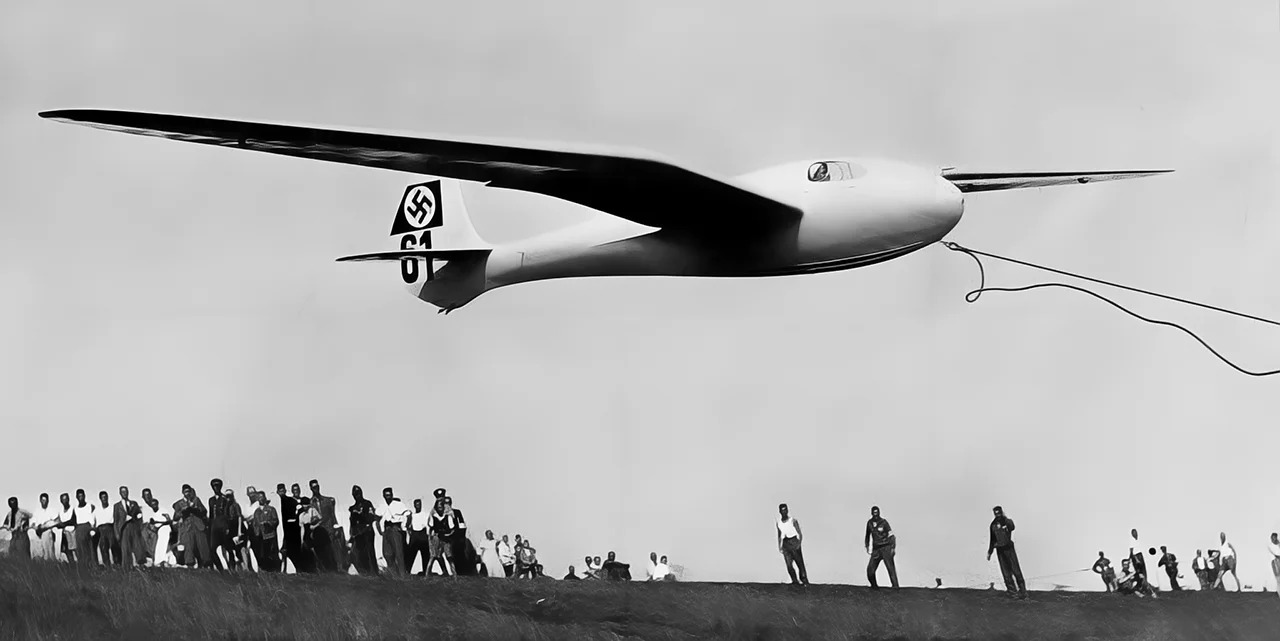
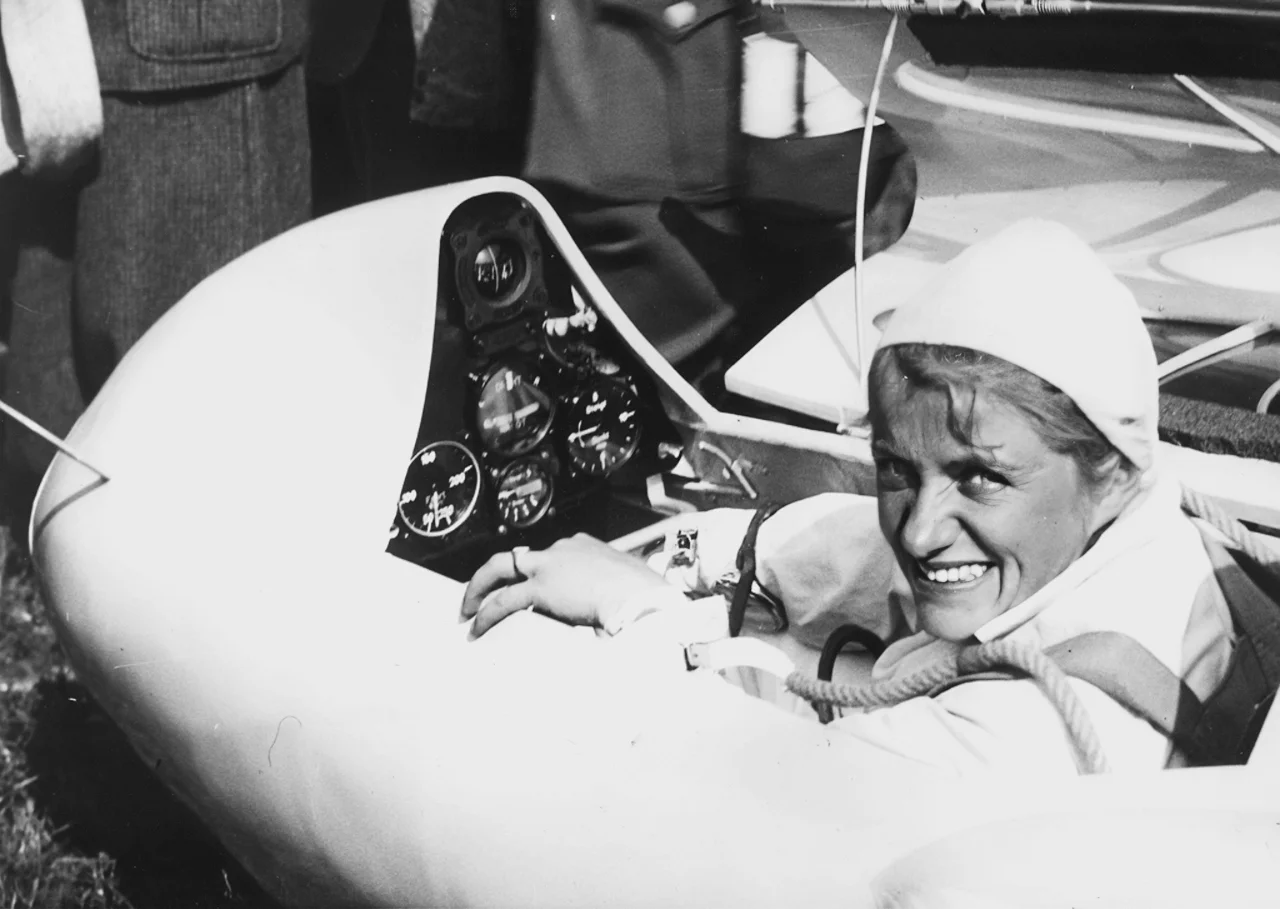
By 1944, Hannah proposed having a manned version of V1 with a little cockpit on the top and the idea was that then they could target shipping in advance of D-day and be very precise in what targets they took out. Essentially, she tested a prototype cruise missile.
Melitta Schiller
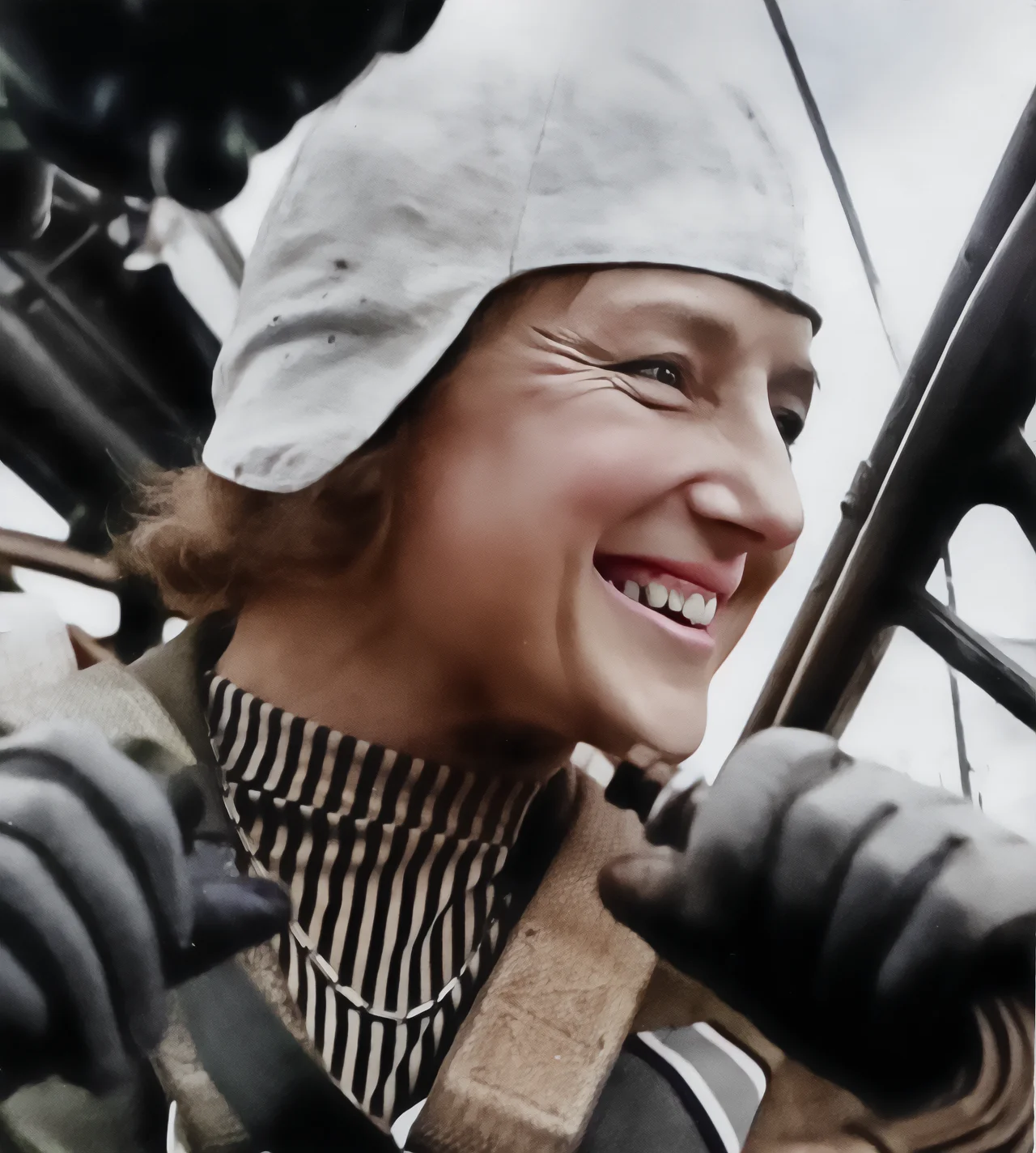
Melitta Schiller, Melitta von Stauffenberg as she became with her married name, wasn’t just a pilot she was a brilliant test pilot but she was also an aeronautical engineer. And so she would spend her days developing the equipment for some of the most pioneering military aircraft. For example, she developed the dive sites and the dive breaks for the Junkers Ju 87 and she also worked on the Ju 88.
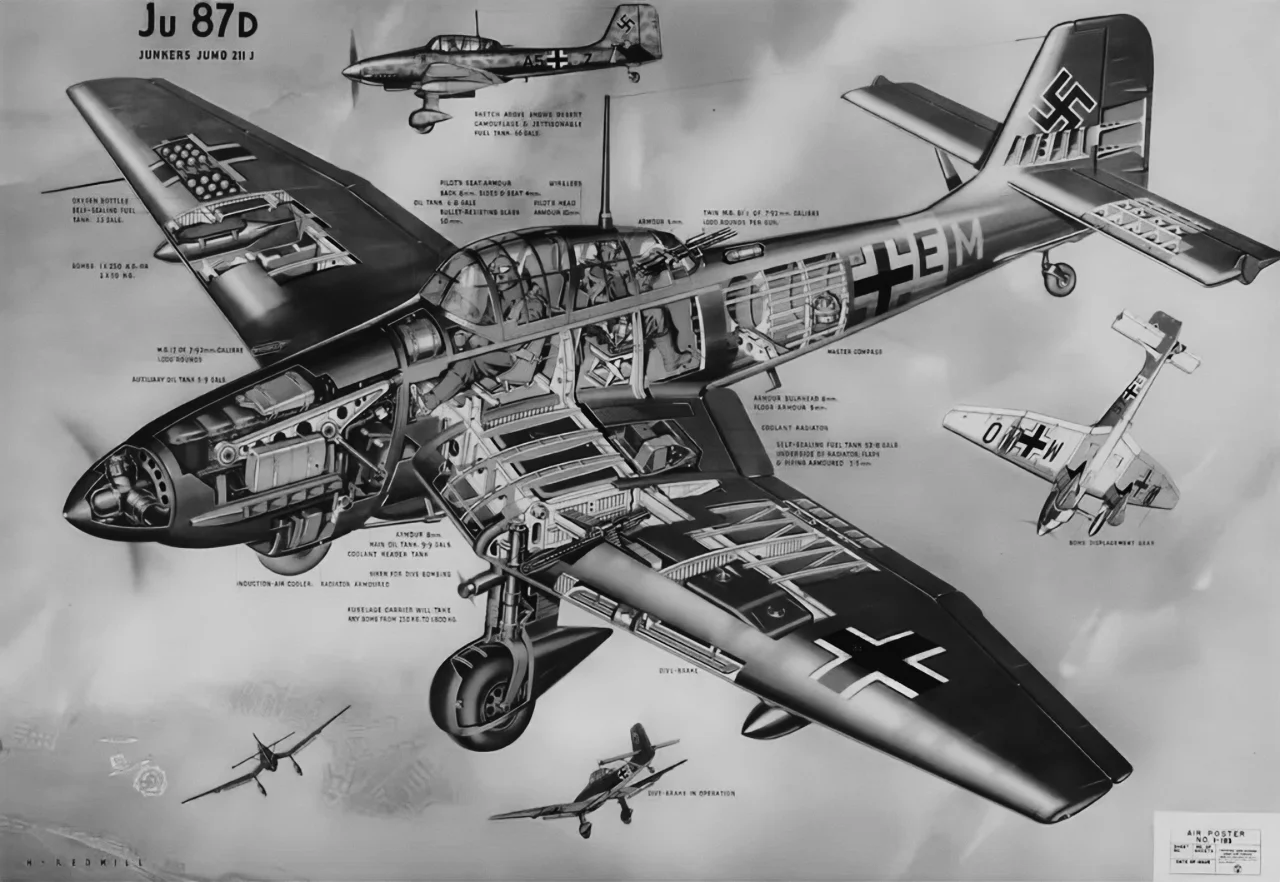
The 87 is the Stuka dive bomber. These machines are absolutely extraordinary. They are the machines that are synonymous with the blitzkrieg. They go incredibly fast and then, the way it works is, they come up quite high and then they turn and they come down at virtually 80 degrees, this will be at about 350 miles an hour. And they come down to target very individual tanks or particular targets on the ground. And Melitta was not just the aeronautical engineer on these things, but also insisted on conducting her own test.
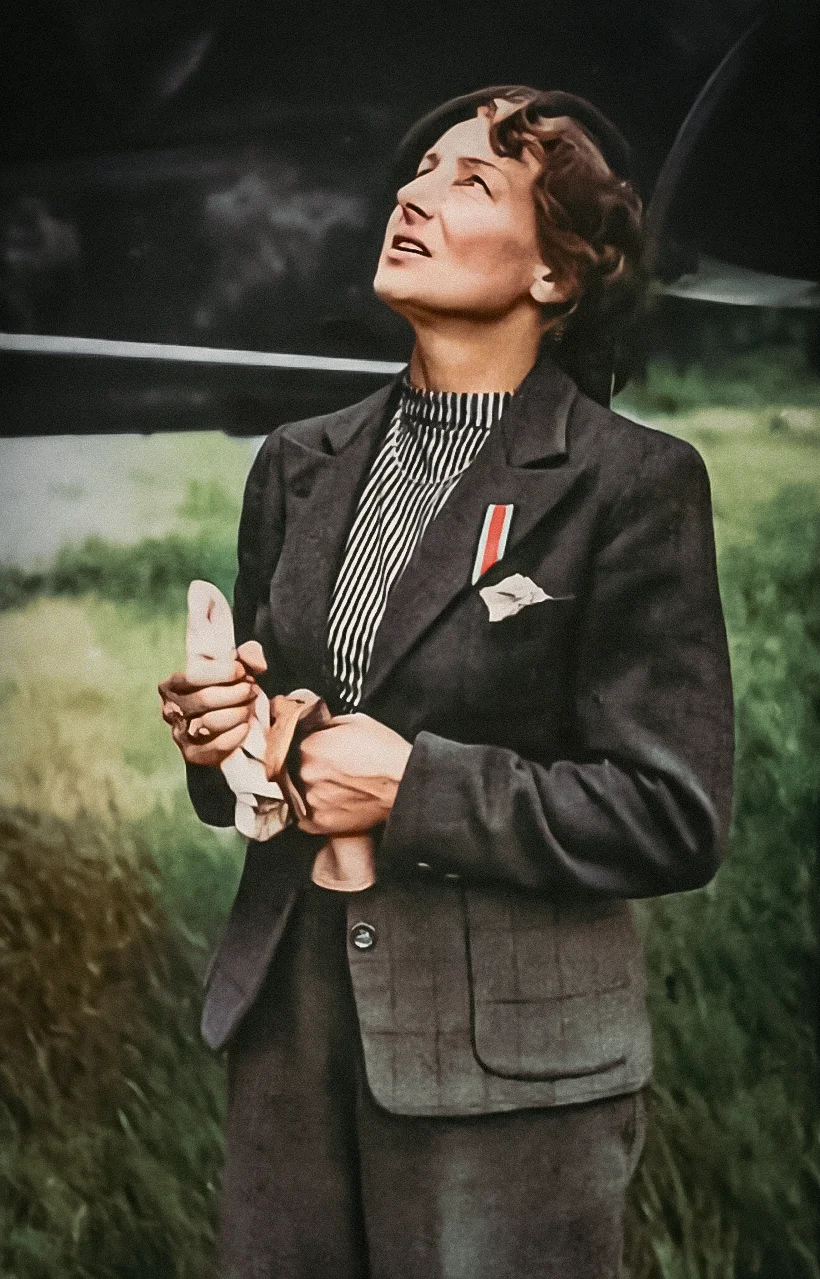
So if a male test pilot would test a dive bomber in the morning, and do a nosedive, that was considered courageous. Melitta would test a Stuka dive bomber 15 times in a single day. She did over 2,000 tests during the course of the war. No one else came anywhere near her, so really she was working at the limit of what was humanly possible.
As you come down at those speeds what happens is, normally you red out first, the blood gets forced into your face and into your eyes, and then very often the pilot would black out. So part of the value of Melitta’s work was the development of the dive breaks which would automatically kick in slow the machine and enable it to curve up again and circle back around to the airfield and this is what saved the lives of many of those pilots.
There was a reason why Melitta was working so hard. Because in 1937 when the Nuremberg laws came in Melitta found out that her father had actually been born Jewish. So, she tried to secure not only her life but to save her family by making herself so valuable to their regime that they offered her what was called “equal to Aryan status” so she was working under duress.
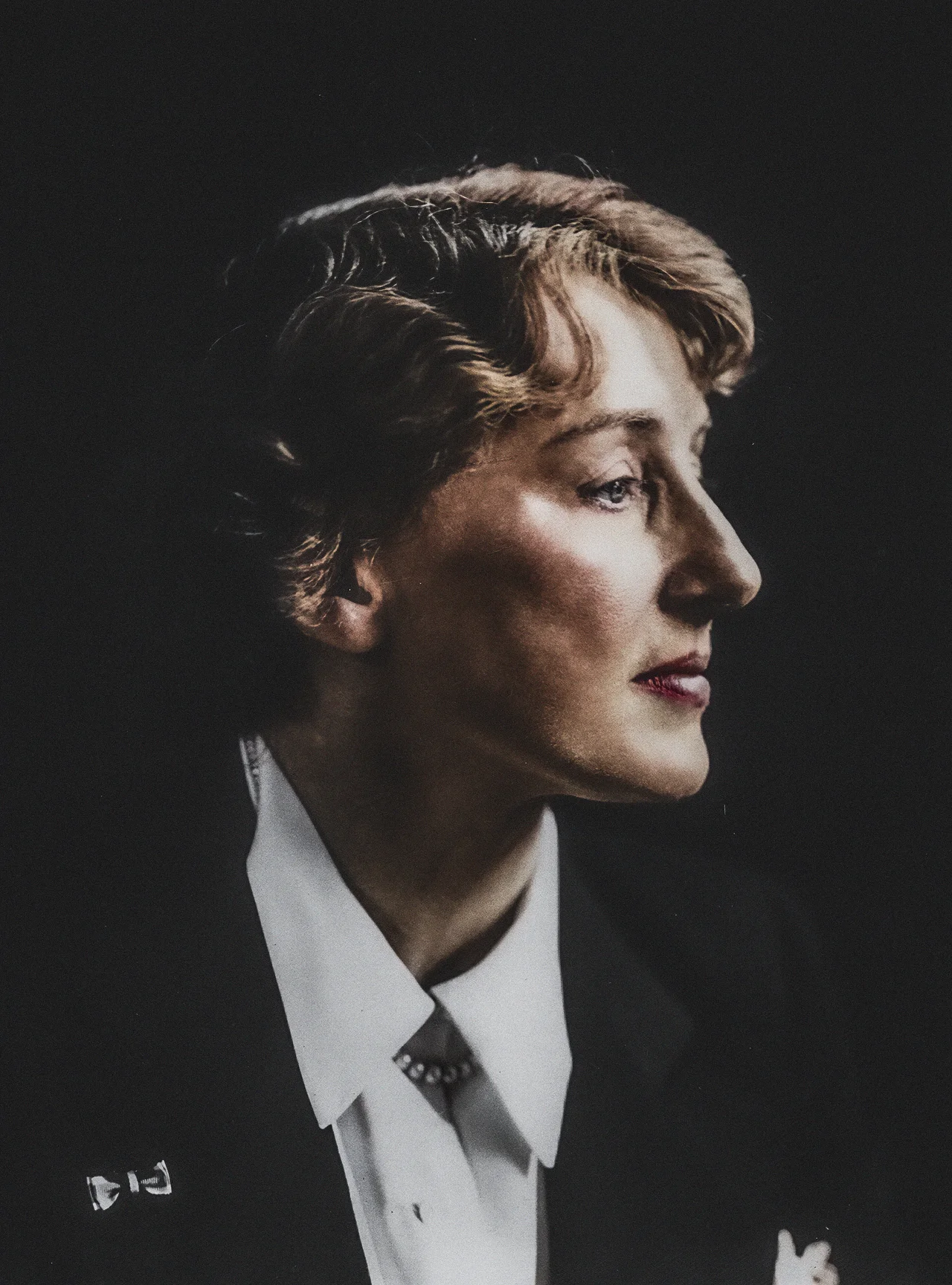
Later Melitta also worked on the Bf-109 sometimes called the ME or Messerschmitt 109 which was a very versatile plane. It was initially conceived as an interceptor, but it was used in day bombing and nighttime bombing as well. It was a very pioneering plane, it was enclosed, it had retractable wheels, and Melitta worked on it for the blind flying equipment.
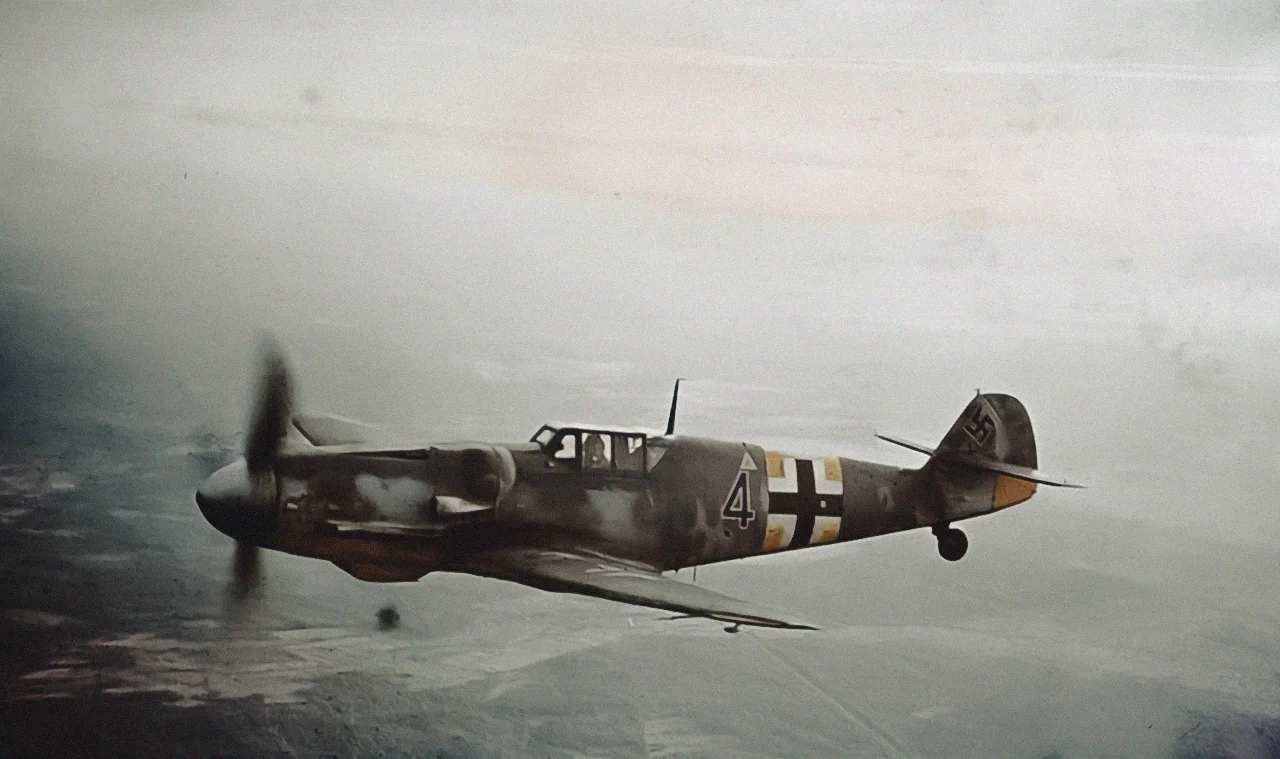
If there’s one thing that really comes from this story that is quite simple, it’s the absolute hypocrisy of the Nazi regime who believed that there was only one space for women (Kinder, Küche, Kirche) and there was no place at all for Jews. And yet when they needed them, they gave two women, one of whom was Jewish, a field of flight and the Iron Cross, the highest honor.
